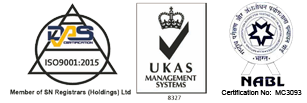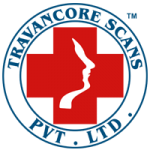PNS(PARA NASAL SINUS)
Computed tomography (CT) of the sinuses uses special x-ray equipment to evaluate the paranasal sinus cavities – hollow, air-filled spaces within the bones of the face surrounding the nasal cavity. CT scanning is painless, noninvasive and accurate. It’s also the most reliable imaging technique for determining if the sinuses are obstructed and the best imaging modality for sinusitis.
Reasons for a PNS scan
- help diagnose sinusitis.
- evaluate sinuses that are filled with fluid or thickened sinus membranes.
- detect the presence of inflammatory diseases.
- provide additional information about tumors of the nasal cavity and sinuses.
- plan for surgery by defining anatomy.
PREPARATION OF PATIENT
You should wear comfortable, loose-fitting clothing to your exam. You may be given a gown to wear during the procedure.
Metal objects, including jewelry, eyeglasses, dentures and hairpins, may affect the CT images and should be left at home or removed prior to your exam. You may also be asked to remove hearing aids and removable dental work. Women will be asked to remove bras containing metal underwire. You may be asked to remove any piercings, if possible.
PROCEDURE
CT scanner takes a series of X-rays. A computer then puts these X-ray images together to create detailed pictures of your head. These images help your doctor make a diagnosis.
The procedure is usually done in a hospital or outpatient imaging center. It should take only about 15 minutes to complete your scan.
On the day of the procedure, you must remove jewelry and other metal objects. They can damage the scanner and interfere with the X-rays.
You’ll probably be asked to change into a hospital gown. You’ll lie on a narrow table either face up or face down, depending on the reasons for your CT scan.
It’s very important that you remain completely still during the exam. Even a little movement can blur the images.
Some people find the CT scanner stressful or claustrophobic. Your doctor may suggest a sedative to keep you calm during the procedure. A sedative will also help keep you still. If your child is having the CT scan, their doctor may recommend a sedative for these same reasons.
The table will slowly slide so that your head is inside the scanner. You may be asked to hold your breath for a short period. The scanner’s X-ray beam will rotate around your head, creating a series of images of your head from different angles. The individual images are called slices. Stacking the slices creates three-dimensional images.
Images can be seen immediately on a monitor. They will be stored for later viewing and printed. For your security, the CT scanner has a microphone and speakers for two-way communication with the scanner operator.


